From The Day of the Jackal to Agatha Christie, these TV adaptations of classic crime stories are riveting
Spies, detectives and villains have been lifted from the page to inspire some riveting contemporary television adaptations. One in particular is a must-watch masterpiece.
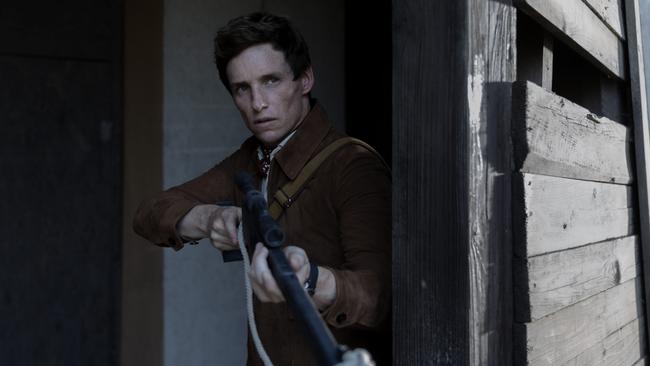
It’s a bit weird, the number of shows streaming on our televisions and iPads that take their bearings from glowingly remembered originals. Just at the moment we have a stylistically glamorous The Day of the Jackal with Eddie Redmayne as a very pulled back assassin. The film original of his character was played by Edward Fox in Fred Zinnemann’s formidable interpretation of Frederick Forsyth’s 1971 novel. Then there’s Ripley in very arty and shaded black and white with Andrew Scott as Patricia Highsmith’s mesmerising villain, who has been played by everyone from Alain Delon to John Malkovich, though the biggest film version of The Talented Mr Ripley was with Matt Damon, directed by Anthony Minghella in 1999.
Ripley is the most lethal of charismatic villains and his spirit animates Joanna Murray-Smith’s Switzerland. It’s a play about Highsmith herself, who gets an appearance from her publisher in the form of a young man, and guess who he turns out to be?
It was brilliantly directed by Sarah Goodes for the Sydney Theatre Company and should be filmed.
Andrew Scott also plays a notable Professor Moriarty, Sherlock Holmes’s great antagonist, in the TV series Sherlock (2010-17) which played its part in making Benedict Cumberbatch a universally recognised star.
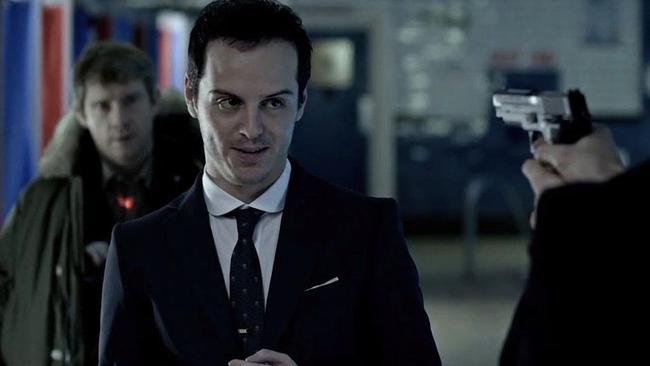
Conan Doyle’s Sherlock Holmes stories are part of the air we breathe.
He made late Victorian London with its hansom cabs and its Turneresque sunsets into a dreamscape for the fascination and mystery of crime as the supreme diversion, the puzzle that everyone wanted to lose themselves in like the most enchanting and mysterious fog the idle mind could conjure.
We read detective stories for fun. We find them easier to read and harder to put down than serious literature and this is true of almost everyone from TS Eliot down.
The adaptations are sometimes superior to the originals. With that master of the highbrow spy story John le Carré, not only have actors such as Richard Burton and Alec Guinness transformed Leamas and Smiley but the Hugh Laurie version of The Night Manager is also in every way superior to the novel. And now we have a new Smiley novel (Karla’s Choice) by David Cornwell’s son, Nick Harkaway, which suggests a world where we might have an infinity of new Smileys.
(Guy Pearce as Peter Temple’s Jack Irish is also independent of his creator.)
It is fascinating to see the metamorphosis of the famous detective and villains. Think of the Sherlock Holmes films of Basil Rathbone – for a long time the most famous Holmes. Rathbone was generally cast as the villain to Errol Flynn in swashbucklers such as Robin Hood but he brought a particular kind of intensity to the man with all the answers from 221b Baker Street.
The glowing black and white print of The Hound of the Baskervilles (free on Tubi), the most celebrated of the longer Holmes stories, is engrossing, though the plot seems a touch tarted up and embellished compared to the original horror story of the looming gigantic hound. Rathbone has an unusual ability to project cerebral intensity and he certainly needs it in Sherlock Holmes and the Secret Weapon. This is one of that weird batch of films in which Conan Doyle’s great intuitive detective and his ever loyal chronicler and companion Doctor Watson (an energetic and amiable Nigel Bruce) actually do battle with the Nazis.
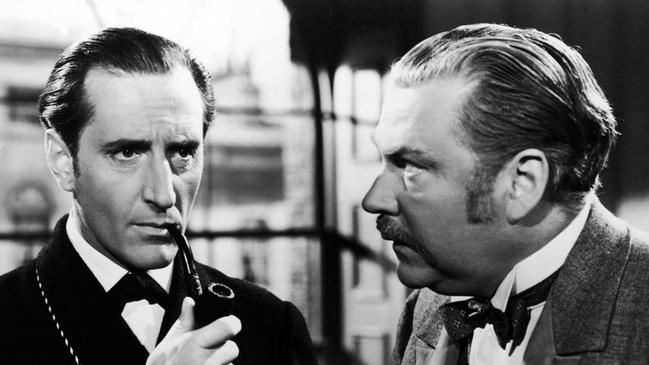
Never mind that the Holmes stories are set in the late 1880s and 1890s. In the wake of Pearl Harbour and America’s entry into World War II, Hollywood decided to move Holmes and Watson forward 50-odd years to the time when Hitler ruled most of Europe. If this seems mad – and it does – it’s worth remembering that we treat Ian Fleming’s James Bond as a figure as at home in the present as he was in the early 1960s when Sean Connery first played him.
In The Secret Weapon, there is a Switzerland-based rocket scientist who wants to give his new bomb to the British government so it can be used against the Nazis but insists – riskily – that he have complete control of it. Meanwhile, in the wings there’s that supremely evil figure Professor Moriarty, who has especially bloodcurdling deaths in store for Holmes that are true to his fealty to the Swastika Mob.
It’s an extraordinary gesture on Hollywood’s part – and what better way to testify to a shared legacy?
There has been a world of Sherlock Holmes interpreters. In the 1980s Jeremy Brett (Freddy in the film of My Fair Lady) was a glamorous BBC Sherlock Holmes, though Australia’s Richard Roxburgh was an unhappy Aussie-sounding Holmes in Baskervilles. Nicol Williamson played Holmes in The Seven-Per-Cent Solution (1976), which made a meal of Holmes’s cocaine habit, and there’s also Murder by Decree (1979), where Christopher Plummer and James Mason as Holmes and Watson investigate the murders of Jack the Ripper. There’s even a Leslie Bricusse musical with Robert Powell. In 2005, Robert Downey Jr played him to Jude Law’s Watson in a Guy Ritchie film; Downey’s establishment British accent is an excruciating near miss.
Then, of course, there is Sherlock – the most imaginative metamorphosis of Sherlock Holmes the world has seen. Cumberbatch declares in the first long episode – niftily called A Study in Pink – that he’s a “functional sociopath” and we get him whipping a corpse with a riding crop and generally running rings around everyone in the time-honoured manner but with a skipping ostentatious brilliance like a speed freak whose mind moves too fast.
His performance has the imagination and exhilaration of a great actor slumming it and dazzling the viewer as much as he does the rest of the characters. Watson is played with wholly credible restraint by Martin Freeman. He walks with a limp, he’s a veteran of Iraq and Afghanistan and he misses the fighting but is wholly sane and a perfect foil for Cumberbatch’s mad-as-a-snake Sherlock.
The plot is ingenious and it’s very clever that Lestrade (normally a Cockney plodder) is played in crisp standard English by Rupert Graves, who remarks with measured sanity that Sherlock is a great man who may even prove to be a good man.
There is a spooky enigmatic moment when Watson meets Sherlock’s brother Mycroft (Mark Gatiss), who says he’s Sherlock’s arch-enemy.
The ending involves Cumberbatch in a brilliant heartstopping piece of game playing of the most sinister kind with the remarkable Phil Davis.
The improvisational elan of Sherlock is a reminder of Agatha Christie who is an embodiment of the deep relaxing charm of the detective story. She had the good grace to say that the finest adaptation of her work was Billy Wilder’s 1957 Witness for the Prosecution with Charles Laughton and Marlene Dietrich, even though it departs from her original play. It greatly improves it in the process and so does the magnificence of the acting and the transparency and clarity of the direction.
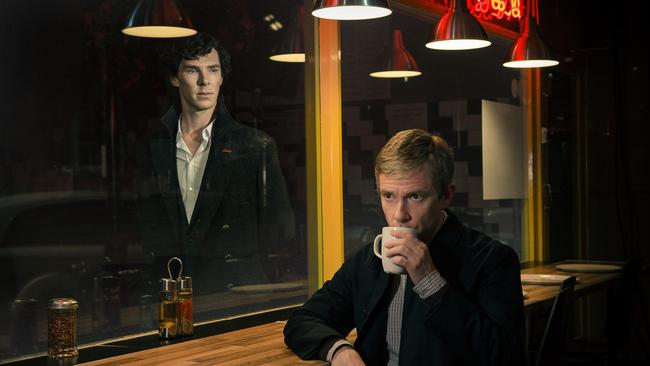
But Christie is a supremely relaxing writer and it’s fascinating that a handful of her books have unforgettable endings, whereas most of her books can be reread.
These include The Murder of Roger Ackroyd and Murder on the Orient Express. Some people would add And Then There Were None (the one with the ever-changing title) though that’s debatable.
Sidney Lumet’s 1974 film of Murder on the Orient Express is notable not only for its star cast that includes everyone from Ingrid Bergman to Sean Connery but the unusual fierce intensity and lack of whimsy in the way Albert Finney plays Poirot: it is nothing if not concentrated and emotionally driven.
There has been the tendency with the fabulously successful British TV series centred on Poirot, the Belgian detective with “ees little grey cells” and Miss Marple, the all seeing old lady, to treat the Christies with the famous detective as period dramas without emphasising the ratiocination of the plots.
That was not true of Margaret Rutherford in the first Marple, Murder, She Said. Nor was it true of Peter Ustinov’s characterisation of Poirot in Death on the Nile and Evil Under the Sun, though he played up a lot more of the comedy than Finney.
But if you can compare the later Marples with Geraldine McEwan (and later Julia McKenzie) with the 1980s ones starring Joan Hickson, they’re much less preoccupied with the puzzlement of the plot – and that’s true too of the contemporary Poirots, despite the magnificence of David Suchet’s characterisation.
The sense of costume drama in the context of murder came to be much less stringent in the later TV versions and it will be interesting to see how the Ken Branagh Poirots (three films deep, so far) develop.
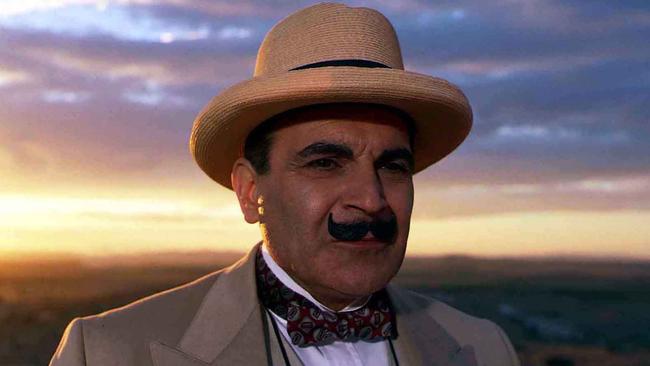
At the moment, the world is fascinated by the streamer version of that extraordinary assassination saga The Day of the Jackal. In this contemporary version, the Jackal is played by the mild, even boyish, actor Eddie Redmayne and there is a very elaborate plot where murder of the most piteous kind is neck and neck with bloodcurdling violence.
Redmayne’s assassin is a connoisseur of the material beauty of the world and the new Jackal presents his assignment in terms of his sense of the gorgeousness of the world – everything from priceless chess sets to the swishest cars and clothes. They provide the idiom of the desirable that money can buy and they give this version of The Day of the Jackal an extraordinary aesthetic power, an impassioned sense of beauty which is at once sensuous and unattainable. This is juxtaposed with a single-mindedness that allows him to kill an old couple. It is as if Redmayne’s Jackal is, like Keats, “half in love with easeful death” yet he strives mightily and his intrinsic and inherited gentleness is in chilling interplay with his identity as a killer who chooses a bewildering nightmare of a destiny. The whole thing is done slowly with infinite variation in terms of the Jackal’s true love in Spain and the MI6 woman whose besetting ambition is to hunt him down.
At one level it meanders into sometimes riveting developments. This story of paying for an assassination – which is what it shares with the original – is, by turns, deeply involving and, sometimes, a bit too over the top. Charles Dance is a sinister schemer and the whole show is an epical expansion of the basic narrative elements. It could scarcely be more different from the Zinnemann “original”, which starts lucidly by announcing a plot to kill De Gaulle over his resolution of the Algerian War.
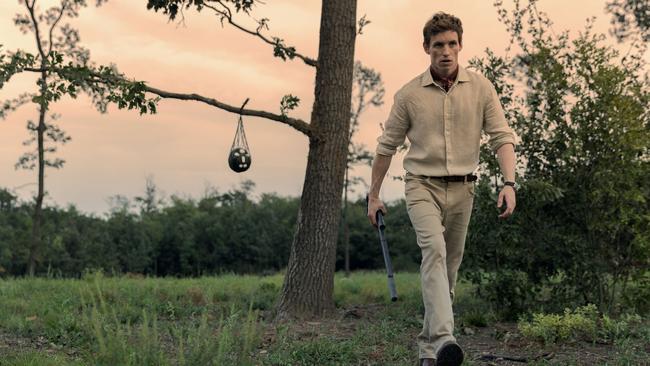
Edward Fox as the Jackal is very self-possessed and charming and entirely ruthless. This 1973 version is terrifyingly plausible with far fewer twists and turns that jolt the heart.
There is a likable woman who has to be sacrificed. The use of a fleet of largely British actors to simulate the French and British governments is brilliantly co-ordinated, with masterful performances from Alan Badel, Michael Lonsdale, Donald Sinden, Derek Jacobi and Eric Porter.
In fact, Zinnemann’s Day of the Jackal is a masterpiece, effortlessly schematic and explicable in its complex sequences. It’s on Binge so take a look if you want a counterpoint to the ups and downs and roundabouts of the Redmayne version.
So what in a world of such thriller riches are we to make of the Andrew Scott Ripley? Steven Zaillian (The Night Of) is at the helm and it has a sustained beauty of form. The scene we’ve seen in so many versions where Ripley kills his friend Dickie Greenleaf with his oar is done in a style that recalls Antonioni at his most masterful. The cinematography is slow and studied and proceeds with a deliberate grandeur.
It is a homage to the idea of cinematic television that commands awe for its concerted beauty but also has the potential langueur of all such pondered attempts at great art.
So where does this leave us with the crime and detection caper? Well, in many ways we are living in a time where something like the totality of the world of sleuthing and its variants is there for the plucking. We can watch the revamped Perry Mason with Matthew Rhys and be startled by this dark world of cultists and snakes coming out of boxes and note how different it is from the stately Perry Mason TV series of the 1950s.
The history of filmed representation is there for the watching. Binge has a Neil Jordan film, Marlowe (scripted by John Banville), starring Liam Neeson, and we’re likely to see new versions of the great detectives like Chandler’s Philip Marlowe in the way the Ancient Greeks were aware of a great universe of myths of which we have only a handful of plays by Sophocles, the near equal of Shakespeare.
For a few dollars you can get virtually everything. A while ago we watched the Robert Altman version of The Long Goodbye with Elliot Gould but the greatest Marlowe was Robert Mitchum with that gentle and mocking caress of a voice.
Marlowe was a hard-boiled detective with a chivalric difference. Chandler in The Simple Art of Murder wrote: “Down these mean streets a man must go who is not himself mean, who is neither tarnished nor afraid. He is the hero; he is everything.” He famously said Dashiell Hammett gave the crime story back to the people it belonged to – meaning the gangsters and violent cops – and took it out of the country house and garden where Christie had planted it with her intriguing puzzles and sense of decorum.
Humphrey Bogart played Sam Spade, Hammett’s detective in John Huston’s The Maltese Falcon as if he was born to it and he also played Marlowe in The Big Sleep with the teenage Lauren Bacall, a role he was a bit less suited to.
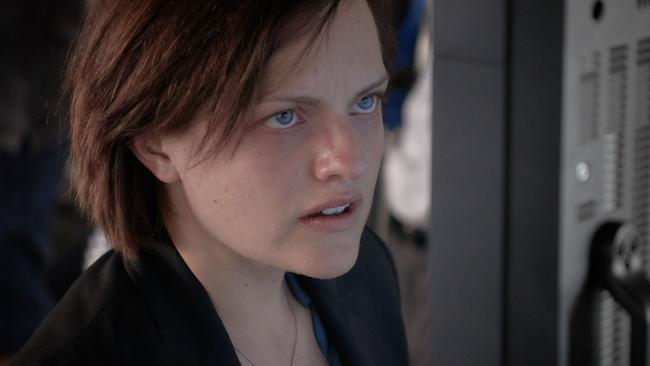
But these very great trashmeisters are archetypal figures in the history of crime writing.
And the list can seem like the heroes of Homer. Dorothy Sayers’s Lord Peter Wimsey is a bit like Bertie Wooster turned into a master detective. There was a 70s British TV version but he cries out for a revival. So does Chesterton’s Father Brown. Alec Guinness played him to the Flambeau of Peter Finch. In recent years there has been a British TV version with Mark Williams which is a bit of a disappointment. But think of what an actor like Simon Russell Beale could make of him.
In this world of pleasures asking to be tasted, we should find room for the first series of Jane Campion’s Top of the Lake with Elizabeth Moss and the brilliant dramatisation of Peter Temple’s The Broken Shore.
It was a pity too that the Murray Whelan TV adaptations – The Brush Off and Stiff – the one directed by the late John Clarke, the other by his friend Sam Neill, did not become a series to which Shane Maloney, creator of the David Wenham character, could have provided bright ideas.
But we should be grateful for what we have. When Warwick Thornton effectively created the idiom of Indigenous cinema, it became a tremendous gift to Mystery Road, which is the most sustained attempt this county has made to create a set of crime series that contain a coherent vision of the world.

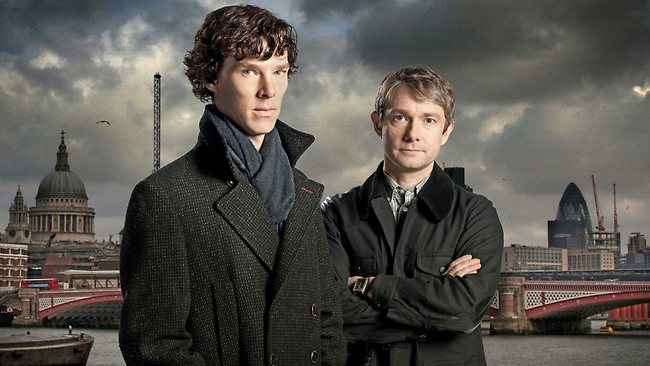
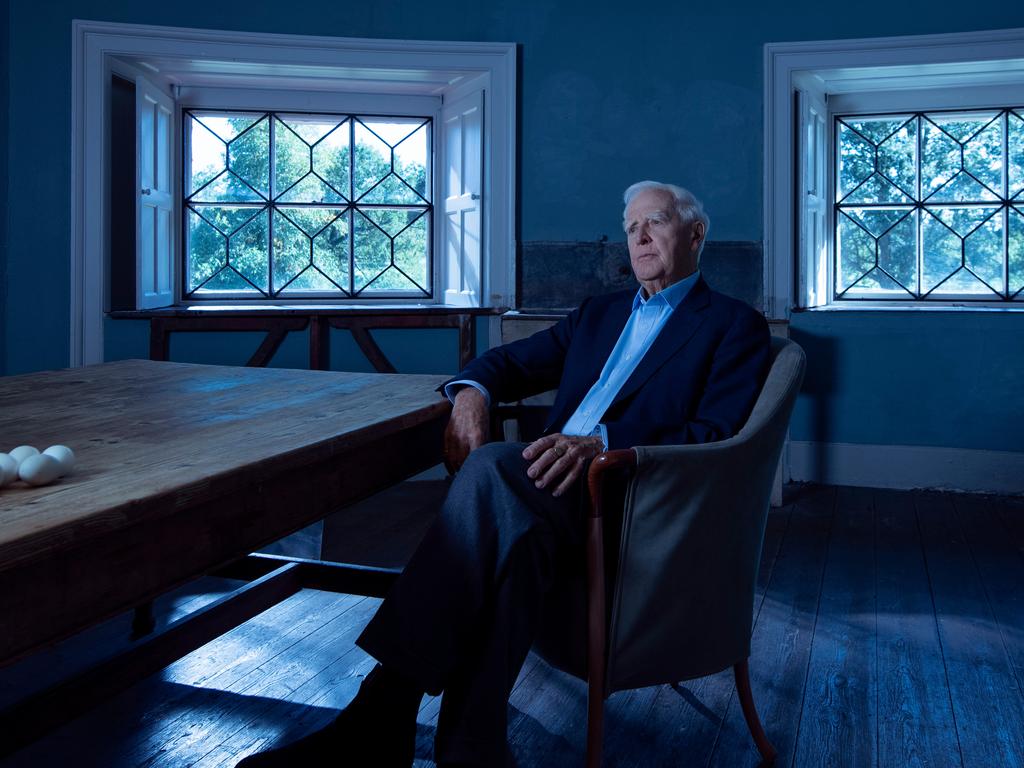
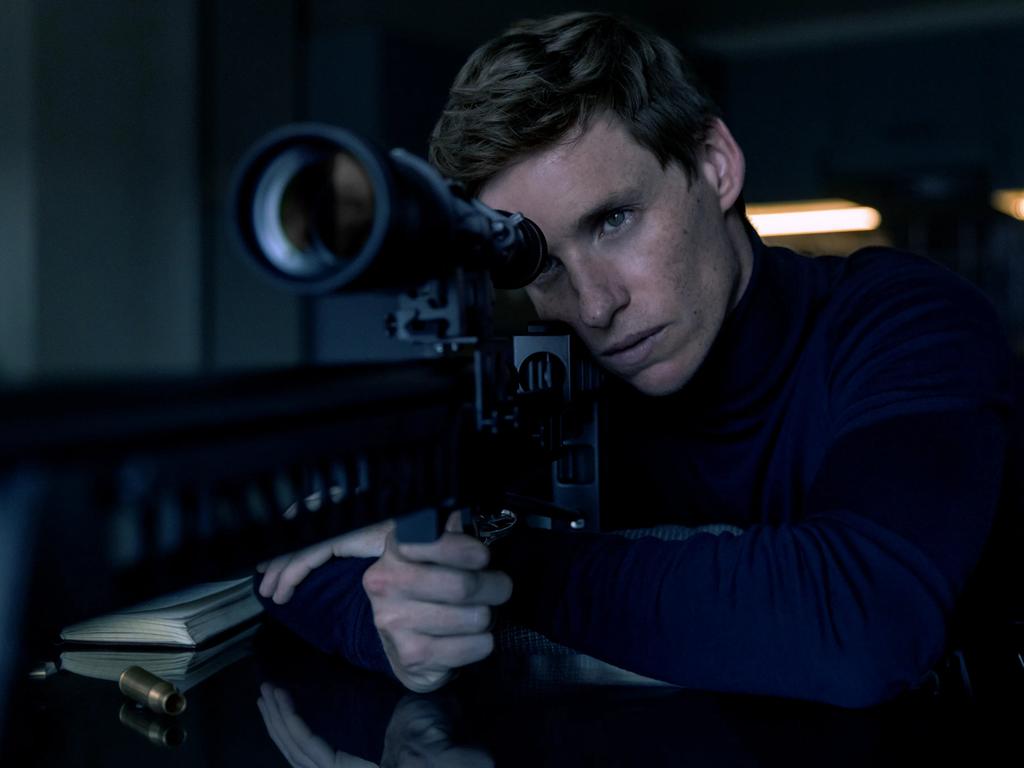
To join the conversation, please log in. Don't have an account? Register
Join the conversation, you are commenting as Logout